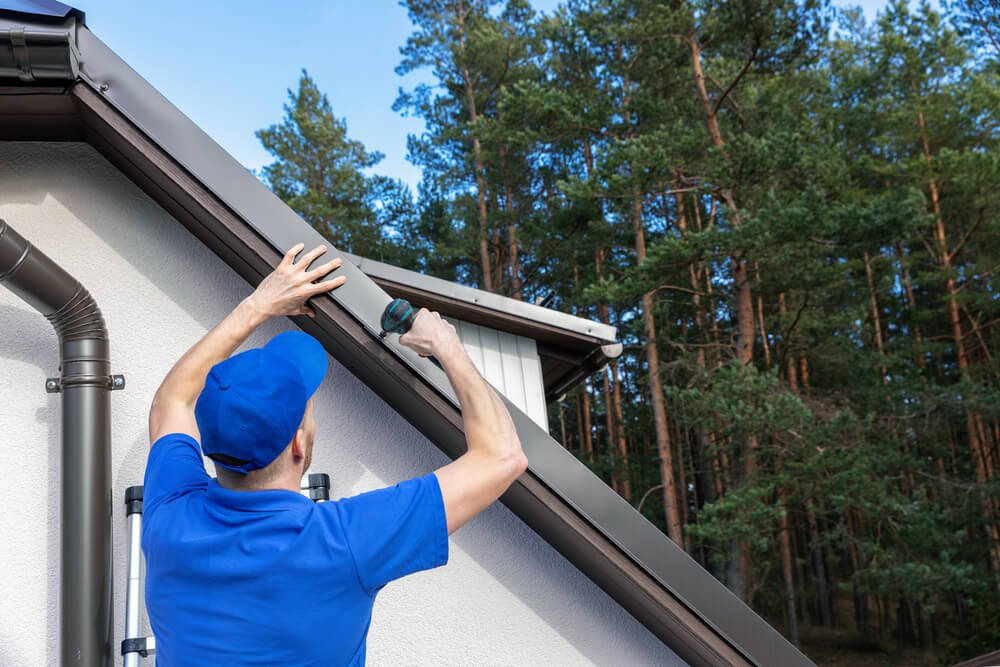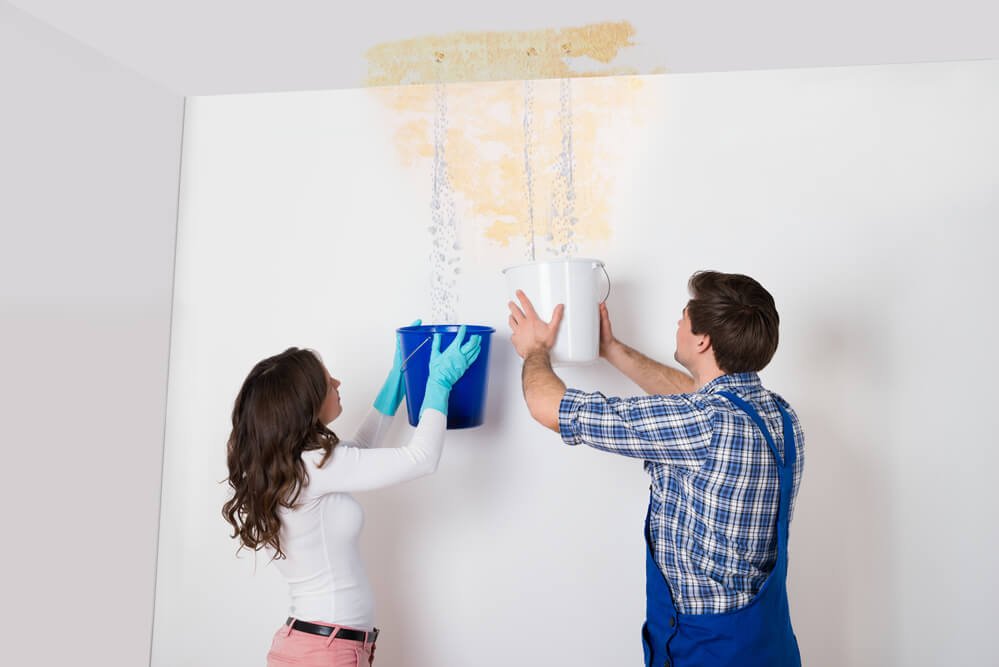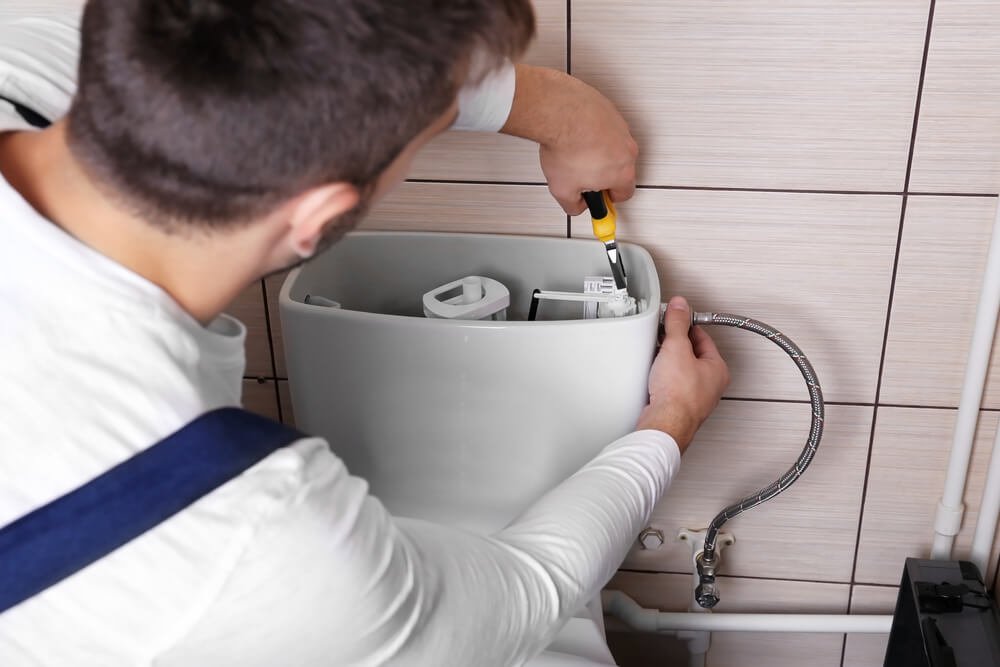
What Is a Drip Edge on a Roof?
The importance of a drip edge is often overlooked by homeowners. Sometimes, drip edges are excluded from a project in order to save money and manage costs, directing funds at seemingly more important features of a home. While not installing a drip edge may save you money in the short term, any damage done to your home due to its absence will cost you significantly. Maximum Construction & Restoration LLC, a company of roofers in Rockwall, TX, has provided some details to help explain what exactly a drip edge is.
What Is a Drip Edge?
A drip edge is a non-corroding material attached to a roof’s edge to help control the flow of water away from the fascia and to protect the underlying roofing components. It protects the edges of the roof, both the eaves and the gable ends and is installed with a planned tilt. Its specific purpose is to direct water away from the roof. Drip edges are a common structure on homes located in certain areas of the United States, especially in areas that experience regular and severe storms. A drip edge overhangs the side of the roof and has a small metal flange that is bent away from the fascia. They add a neat, trimmed look to a roof while preventing water from entering the wrong areas.
A drip edge improves water flow and protects the roof from potential water damage. It is placed on top of the roof’s exterior cover directly between the sheathing and the fascia board, which forms a drainage gap between the drip edge and the fascia board. It is required by the International Residential Codes (IRC) for shingle roofs, and you should make sure that it is properly installed with any new roof you get. It has been optional for years but it is now required by the International Residential Codes so as to reduce damage and ensure the safety of homeowners.
For more on IRC drip edge policy, see The Journal of Light Construction.
Just a little bit of moisture seeping into vulnerable parts of the roof can cause serious problems with mold damage, and with insurance companies frequently blocking coverage for mold remediation, getting a drip edge for your roof is certainly worth the financial outlay.
Benefits of Installing a Drip Edge
Drip edges maneuver water from the end of your roof away from the fascia or directly into your home’s gutter system. They support overhanging shingles, keeping them in a stable straight line. A drip edge also safeguards the roof from strong gusts of wind and heavy rain. A drip edge is important to protect the edge of the deck from water during rainstorms.
A drip edge also deters insect and other small pests from accessing the space between the fascia board and a deck at the bottom of the roof, which could give the pests the opportunity to enter the house.
Most importantly, a drip edge lengthens the life and the effectiveness of the roofing materials and the roof overall. The absence of it can cause costly damage that will be expensive to fix. It also protects the wood structure underneath the roofing shingles from water damage and wood rot, enhancing the durability of your roof and home in general.
The benefits of installing a drip edge far outweigh any short-term financial discomfort it may cause. If you are not sure whether your home has drip edges installed, place a call to a professional for a quick visit to check, because in some circumstances they can be hard to spot.
Types of Drip Edges
The most common are the T-style drip edge, C-style drip edge and L-style drip edges.
With the T-style drip edge, flashing is crucial because it sheds water away from the edge of the roof more effectively than any other type of drip edge. They are not bent at a 90-degree angle like L-style drip edge. It is more complex than the other drip edge styles, and since the T-style is the most effective at moving water away from a house, they are recommended for homes that experience regular and heavy rainfall.
The C-style drip edge is mainly used on eave and gable ends of structures. It prevents the rot or damage of the wood and is used to direct rain into the gutters directly. It covers and protects sheathing from moisture and deterioration and fits easily over existing roofing materials for a professional appearance. They are used on roofs without fascia or facing boards.
The L-style drip edge deflects water away from the fascia board. The edges are hemmed for safe handling and are usually used on low slope roof decks, helping prevent shingle damage. The L-style drip edge is bent in the center and is equally as effective at protecting your home from water as the C-style drip edge.
Conclusion
The importance of installing a drip edge has often been overlooked by homeowners for a long time. It is often seen as a luxury, but the new International Residential Codes policy has made it mandatory for shingle roofs to have a drip edge installed, reiterating its importance in homes, especially in areas with regular rainstorms. It has numerous benefits and is definitely worth the investment.








